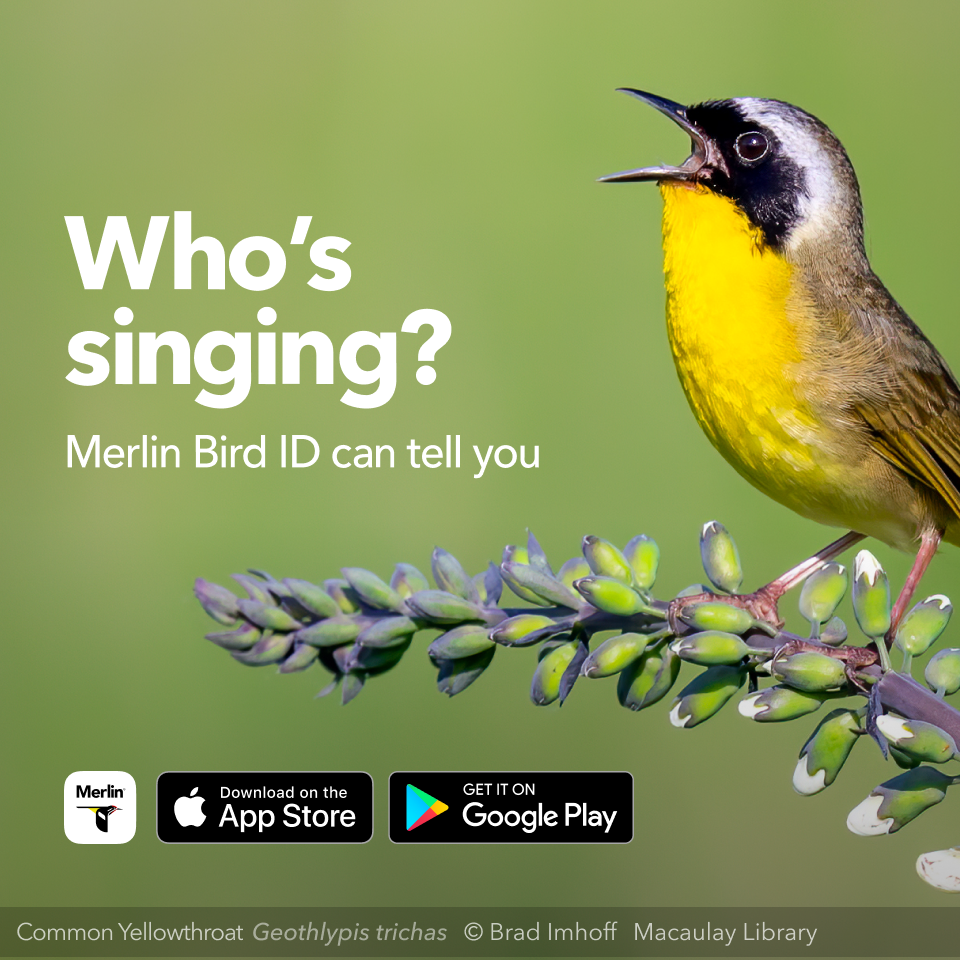- ORDER: Passeriformes
- FAMILY: Passerellidae
Basic Description
Crisp facial markings make the White-throated Sparrow an attractive bird as well as a hopping, flying anatomy lesson. There’s the black eyestripe, the white crown and supercilium, the yellow lores, the white throat bordered by a black whisker, or malar stripe. They’re also a great entrée into the world of birdsong, with their pretty, wavering whistle of Oh-sweet-canada. These forest sparrows breed mostly across Canada, but they’re familiar winter birds across most of eastern and southern North America and California.
More ID InfoFind This Bird
Look for White-throated Sparrows on the ground in woods and at brushy edges. In winter these birds often forage in large flocks and they sometimes make themselves easier to find by singing their easily recognizable, whistled song. With a bit more practice you can recognize their sharp chip note, often given by an alert bird in a conspicuous perch. White-throated Sparrows often come to investigate if you make pishing sounds.
Other Names
- Chingolo Gorjiblanco (Spanish)
- Bruant à gorge blanche (French)
Backyard Tips
White-throated Sparrows readily visit feeders or peck at fallen seeds beneath them. They feed on millet as well as sunflower seeds. If you make a brush pile in your yard it will give White-throated Sparrows a place to take cover in between trips out into your yard to feed. Find out more about what this bird likes to eat and what feeder is best by using the Project FeederWatch Common Feeder Birds bird list.
- Cool Facts
- The White-throated Sparrow comes in two color forms: white-striped and tan-striped. The two forms are genetically determined, and they persist because individuals almost always mate with a bird of the opposite morph. Males of both color types prefer females with white stripes, but both kinds of females prefer tan-striped males. White-striped birds are more aggressive than tan-striped ones, and white-striped females may be able to outcompete their tan-striped sisters for tan-striped males.
- Although they look nothing alike and aren’t particularly closely related, the White-throated Sparrow and the Dark-eyed Junco occasionally mate and produce hybrids. The resulting offspring look like grayish, dully marked White-throated Sparrows with white outer tail feathers.
- White-throated Sparrows typically nest on or near the ground. Occasional nests are built up to 15 feet off the ground in conifers. Usually, these nests are second attempts after a pair has had a ground nest robbed by a predator.
- The oldest recorded White-throated Sparrow was at least 14 years, 11 months old, when it was recaptured and rereleased during banding operations in Alberta.


